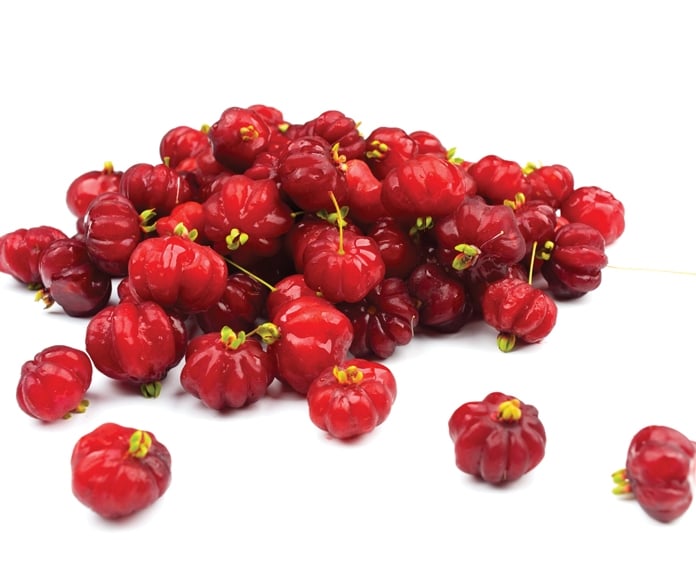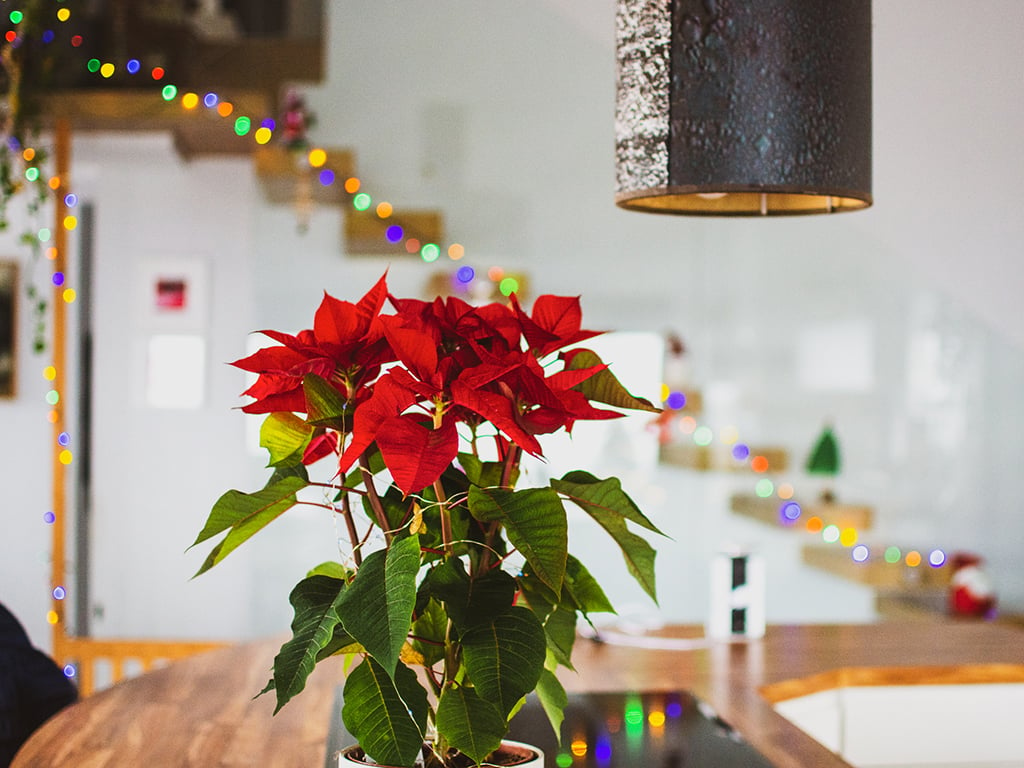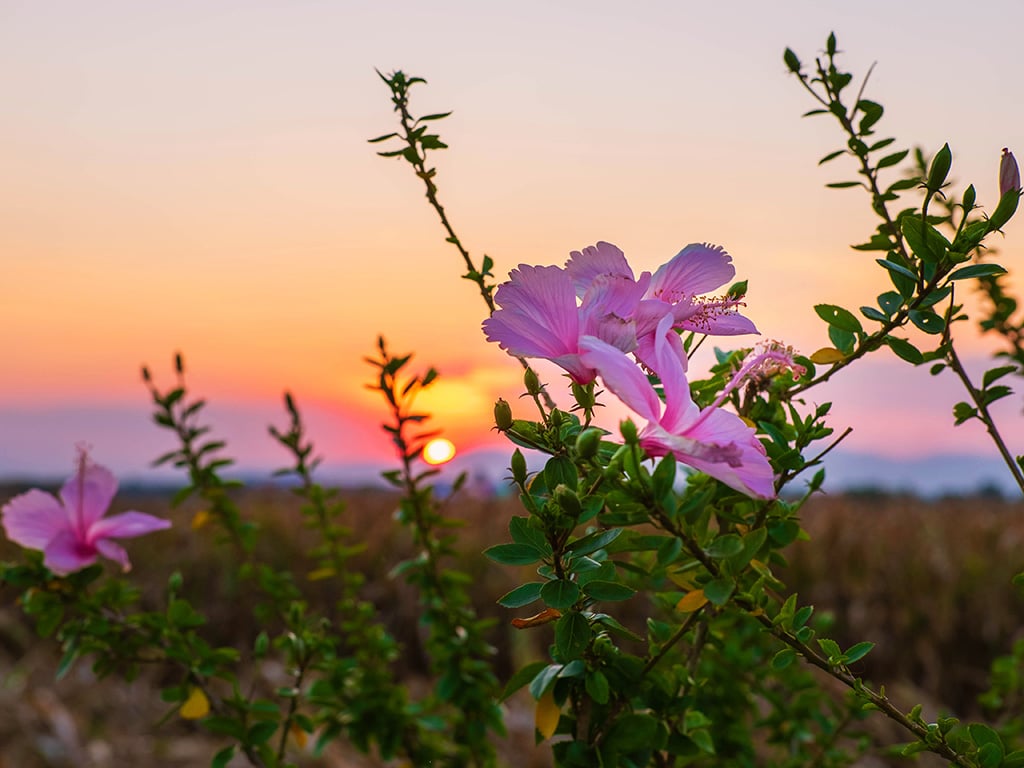Surinam Cherries are a Sweet Surprise
Hawaii’s exotic fruit tree truly meant for your yard.

They can be as sweet as they look—as long as they’re ripe. The plump little fruits clustering on those spindly branches are Surinam cherries, also commonly known as pumpkin cherries or pitanga. “They’re not really cherries and they definitely don’t taste like cherries, but they do have their own unique flavor,” says Frank Sekiya, owner of Frankie’s Nursery in Waimanalo. “The ripe fruits are great atop vanilla ice cream or can make a very tasty jam.”
If these berries look familiar it’s probably because you were dared to eat a green one as a child or you’ve stepped across sidewalks splattered red and purple from fallen overly ripe ones. Originally from the east coast of South America — stretching from Suriname to South Brazil — the Surinam cherry (Eugenia uniflora) is now commonly found in tropical climates all over the world and is becoming a favorite for home gardens. This hearty plant is a member of the Myrtaceae family, related to guava, jaboticaba, mountain apple and other members of the genus Eugenia. Two varieties exist locally — the Lolita, with sweet black fruits and a shrubby build, and the Vermillion, a more treelike plant featuring larger, red fruits.
Although the Surinam cherry is most productive in the spring and fall, it can fruit on and off throughout the year. Sekiya recommends getting a grafted Surinam cherry to plant in your yard. “It’s the best way to cultivate it,” he says. “It’s a very adaptable plant and does well in a yard or even in containers on your lanai.”
Depending on the variety and environmental conditions, some plants can achieve heights of 25 feet and work well as bushy privacy barriers. According to Ken Love, executive director of Hawaii Tropical Fruit Growers, this edible ornamental shrub has a lot to offer Hawaii residents. “Eugenia uniflora has great advantages: It produces good, edible fruit in a decent quantity, even from a small bush, and the trees are also very malleable for landscaping and can be kept as a low hedge or shaped into larger trees,” Love explains. “Growing usage of the fruits among Hawaii’s chefs has helped the tree to flourish as more than just a nice shrub.”
With Surinam cherries leading the pack, Hawaii’s lesser-known fruits are making their way to the tables and glasses of fine-dining restaurants and trendy local eateries. Preserves, relishes, pies, curries and cocktails are just a few culinary mediums allowing these flavorful little novelties to shine.






